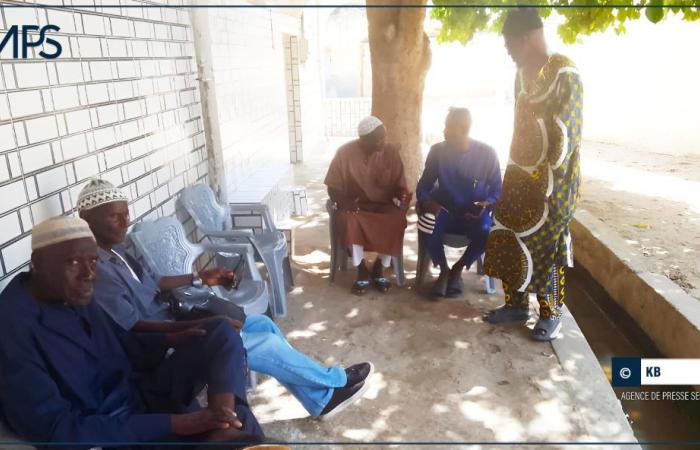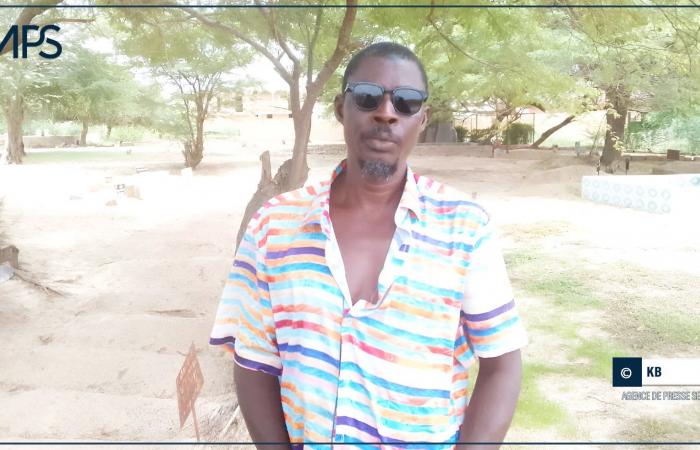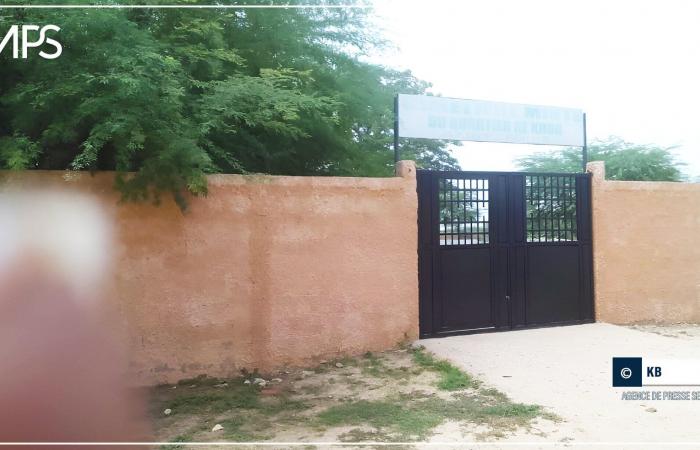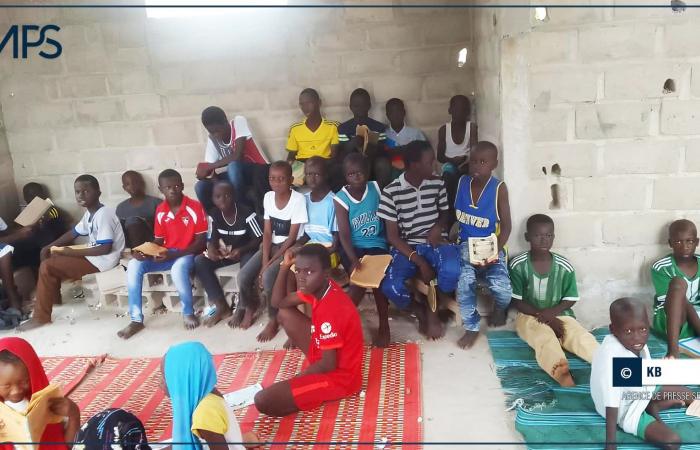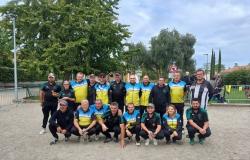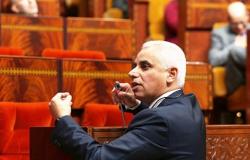Par Ahmad Mouslim Diba
Saint-Louis, Oct 4 (APS) – The Khor district, founded in 1899 by Golo Koné, an administrative agent of the French consulate, is nestled behind the road to the Gaston Berger University (UGB) and the water factory .
Between 6,000 and 7,000 people live in this district, the founder of which came in 1886 from the neighboring town of Vauvert. It owes its name to the latter, Moussa Camara known as Vauvert, a Guinean who apostatized and converted to Protestantism.
It was initially populated by people of the Bambara ethnic group from Mali, who were joined by inhabitants of the island of Diouck, located between Leybar and Khor.
Today, the neighborhood which has grown over the years is populated by various ethnic groups thanks to mixed marriages. It faces specific problems linked to its status as an ancient river bed.
”Originally, everything you see there from the road to the dike, there was no habitation”, tells APS Cheikh Amadou Diarra, dignitary of the district, retired from teaching and former sports reporter on radio Senegal.
According to his confidences, ”the Khor district was created in 1899 by Golo Koné, his great-grandparent who came from the site opposite, Vauvert named after Moussa Camara, a Guinean who later apostatized for adopt Protestantism.
Golo Koné was an administrative agent at the French consulate. He had benefited from support from his bosses who offered him a site in the North district. But this site did not suit him because of his mystical practices, explains Diarra, in the presence of other dignitaries from the district gathered for the purposes of this interview.
Subsequently, the French offered him a large space on the Ndiaye Diouf road, in the Khor district. He offered it to his children who each obtained a plot, he continues.
He had set his sights on a small space behind the water factory to settle there with the consent of his bosses.
The house of Golo
Moreover, at the time, Khor was called “Golo Bougou” (Golo’s hut), recalls Mr. Diarra. He indicates that his great-grandparent will be followed on the scene by Yoro Sidibé. Present at the time of the interview, one of the latter’s descendants, Moussa Sidibé, nodded his head to confirm Diarra’s statements.
Moussa Sidibé also points out that his father, Thiélokho Yila, was the first child born in this neighborhood in 1903, before passing away on September 9, 1993.
The district grew with the massive arrival of populations from the island of Diouck, wishing to be closer to the city. This justifies the presence today of all ethnic groups, underline our interlocutors. They recall that the religious guide of Ndiassane had many disciples from Mali.
He had obtained a piece of land there to accommodate his followers. He encouraged them to move towards agriculture.
This land has become depopulated with salinization accentuated by dams. In the past, fresh water flowed along the Khor canal to the Lampsar valley and favored the development of market gardening.
The exodus from Wassoulou
On the origins of the first inhabitants, Cheikh Amadou Diarra agrees with our other interlocutors on the fact that “the Bambaras, under the embrace of Samory Touré, wanted to move away from their land, Wassoulou, in Mali, known for having gave the world the great singer Oumou Sangaré. This is how they came to settle in Senegal”.
On their way, they would have learned of the capture of Samory, but had already decided to “move away from their motherland”.
On the origin of the name Khor, our interlocutors think that they could have two origins. One of the hypotheses put forward is that it comes from the linguistic deformation of “Poncoro” which means near the bridge in Bambara.
The second would be linked to the presence at the time, and until recently, of a shell manufacturing company (Khor in Wolof) in a place located not far from the bridge.
Nostalgic for his childhood spent in this neighborhood, Cheikh Diarra still remembers it. ”During our childhood, we knew a poor word of the Wolof language, which we learned through contact with our other classmates at French school,” he explains.
Among Khor’s illustrious sons are the former governor of Dakar, Ibrahima Koné, as well as his brother, Adiouma Koné, also a civil administrator. The latter was prefect of the department of Kébémer. It was in this city that he was called back to God.
They were all sons of Fandiery Koné after whom the local primary school is named.
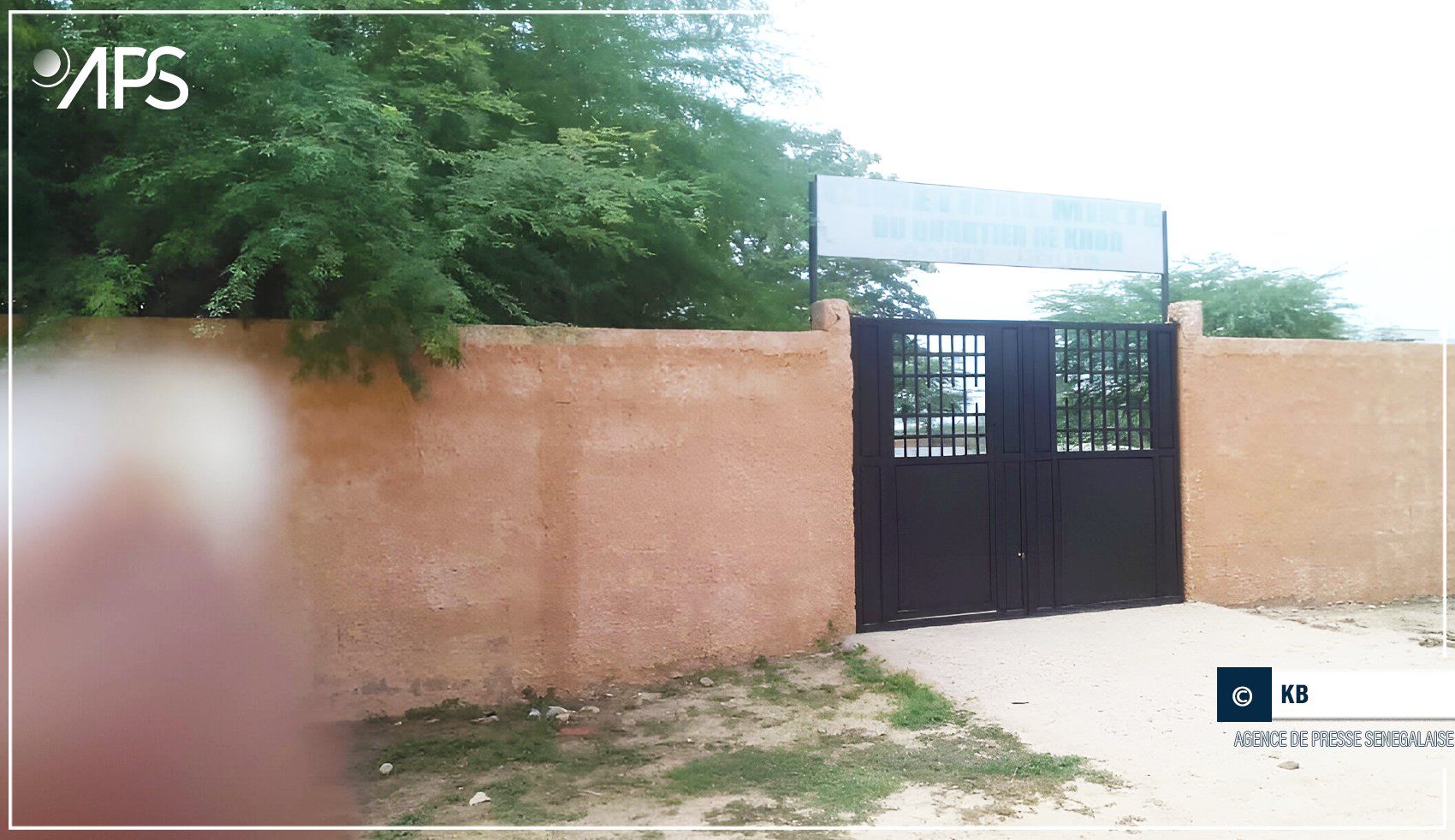
Among Khor’s illustrious sons are the former governor of Dakar, Ibrahima Koné, as well as his brother, Adiouma Koné, also a civil administrator. The latter was prefect of the department of Kébémer. It was in this city that he was called back to God.
They were all sons of Fandiery Koné after whom the local primary school is named.
Also among the illustrious sons of Khor are the army colonel, Talibouya Koné, as well as our interlocutor Cheikh Amadou Diarra, former sports reporter for Radio Senegal. For a long time, he provided media coverage of activities in Louga and Saint-Louis, on behalf of national radio.
Mr. Diarra is also a writer in his spare time. He has in fact published two novels: ”Kéba, the Bamanan Heir of Faraguedougou” and ”At the Test of Destiny”.
Sanitation, a serious problem in Khor
The populations of Khor are faced with various problems, the most serious of which is certainly that of sanitation, says Djibril Coulibaly, president of the school management committee and member of the district’s college of elders.
Their grandfather, Fandiery Koné, known as a visionary, had thought of building a protective dike to protect the neighborhood from flooding. It was also placed in the perspective of a future extension of the district under the threat of water in the rainy season.
The Association for the Development of Khor has developed 70 plots which will be distributed to the populations of the district, said Boubacar Coulibaly, its secretary general.
In certain parts of Khor, water threatens residents who live mainly from market gardening, an activity in which women excel, says the secretary general.
”We are active in development activities and we used the money paid to us by SEN’EAU, a pipe of which caused the destruction of a multipurpose room which hosted some of our activities to invest,” explained Mr. Coulibaly.
He invites structures established in the neighborhood, such as BCEAO and SEN’EAU, to further support the association’s activities.
They deplore the fact that the company which carried out the construction work of the BCEAO left without satisfying their grievances, despite the firm promises of its officials. They point out that the agents of this bank had nevertheless granted support of one million to the association and equipped the two mosques in the neighborhood.
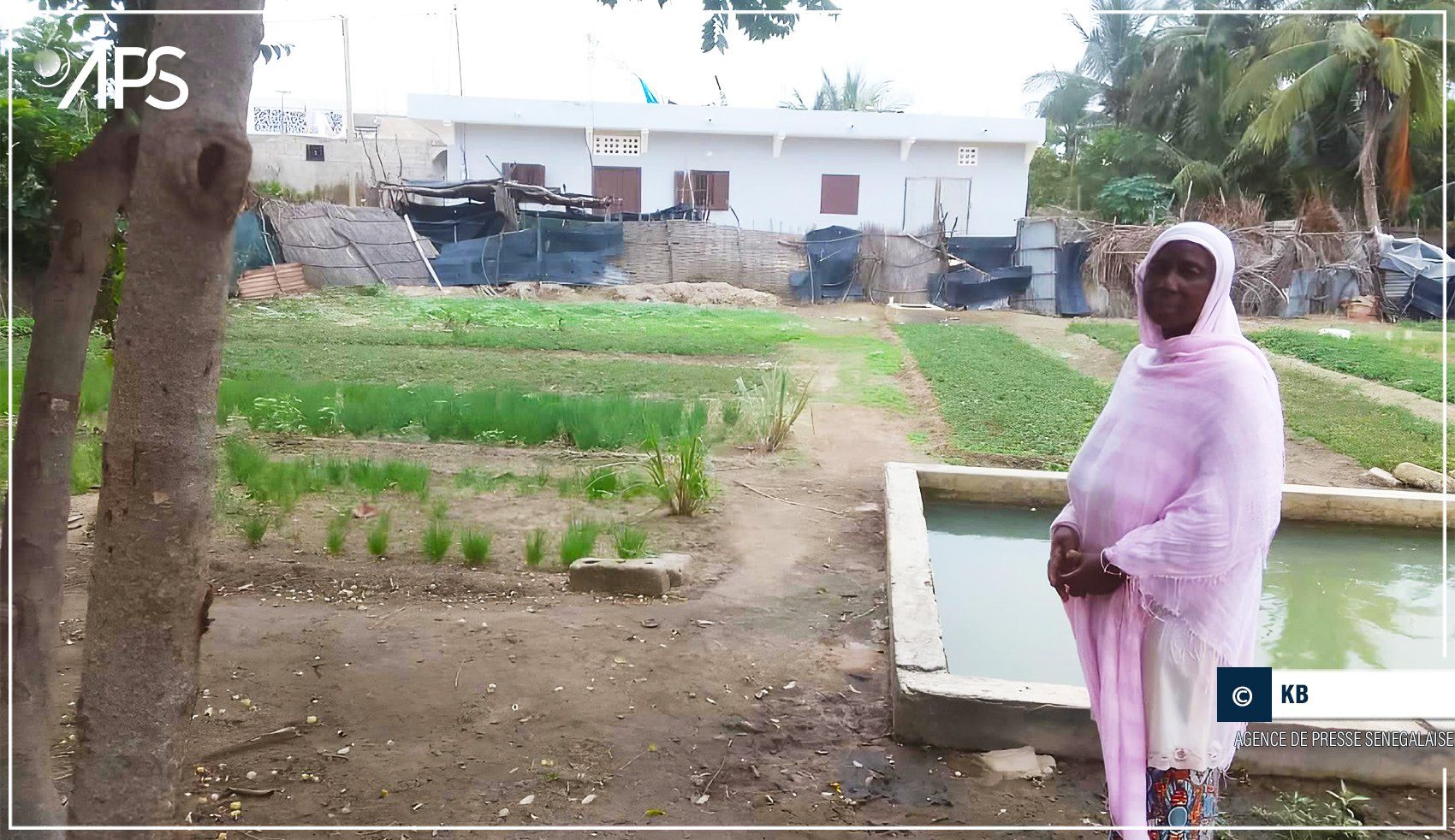
For their market gardening activities, women would like to have more assistance from the political authorities in terms of equipment, says Nasou Diarra of the Khor Women’s Union.
”Thanks to contributions, we show solidarity by supporting our members in need,” she emphasizes. Alongside the common plot that they operate, each of them has their own plot of land.
Financing and ramblings of animals
”We especially have financing problems to access larger markets and are faced with the problem of animals straying,” explains Ms. Diarra.
The Union needs support to develop its local cereal processing activities, she said.
The toddlers’ hut also needs a third room, according to Djibril Coulibaly. He is delighted with the choice of the Support Program for Communes and Agglomerations of Senegal (PACASEN) to build 10 classrooms for them. This action is part of a rehabilitation project for the Fandiery Koné primary school.
The neighborhood has a Koranic school managed by the ratib imam, Abdou Khadre Haidara. The latter has the ambition to expand it to be able to meet all demand.
Mixed cemeteries
Saint-Louis has mixed cemeteries located in the Khor Eglise district which, with Khor Kabane, make up Khor Mission and where Christians and Muslims are buried.
”We welcome any delegation with a burial permit issued by the municipality because the cemeteries are under its jurisdiction,” says Moussa Diakhaté, the site’s caretaker.
These cemeteries are as old as Khor, confides Cheikh Diarra, one of the neighborhood’s elders. He insists on ”good cohabitation between citizens of different faiths”, which allows such a situation.
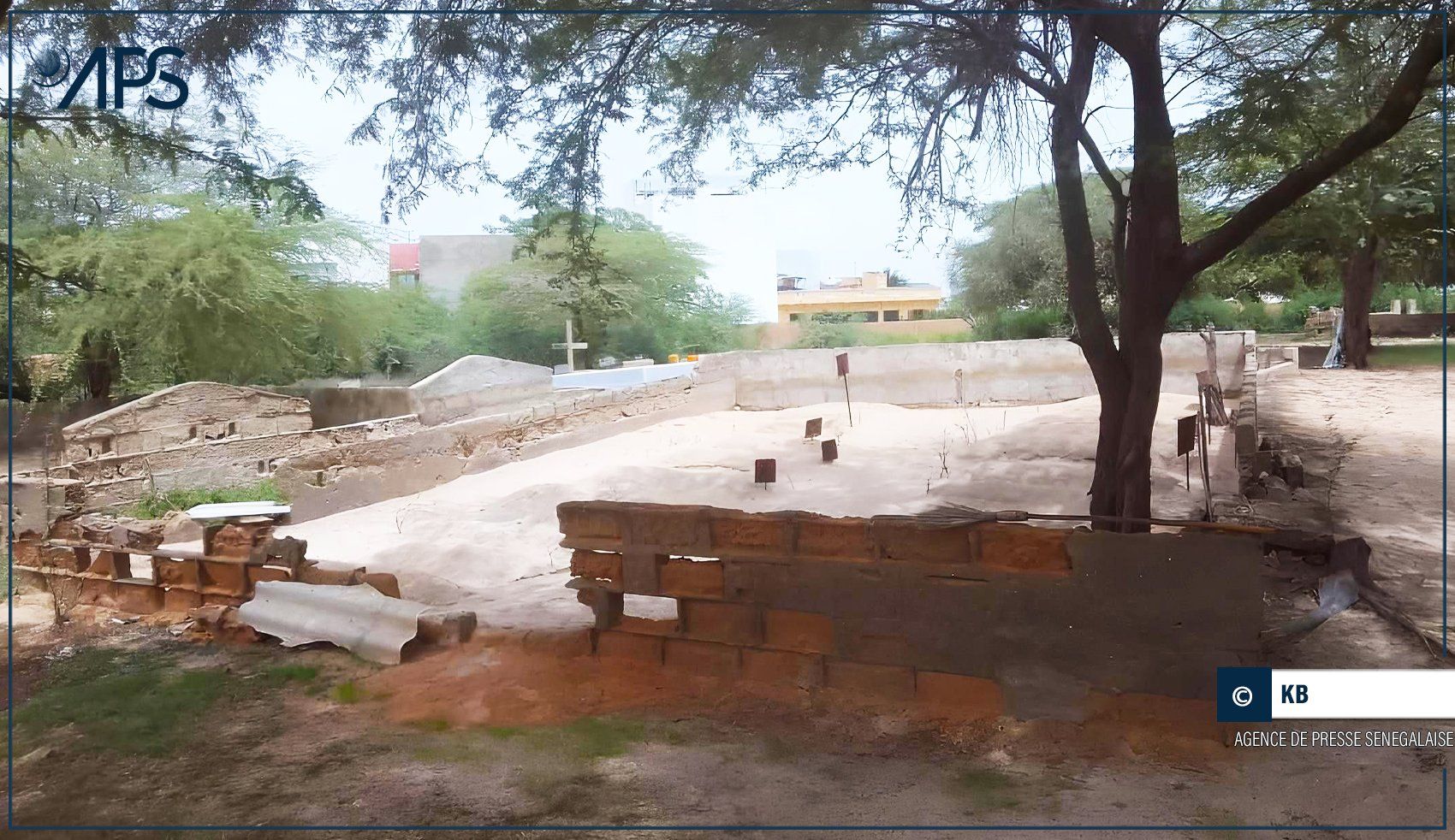
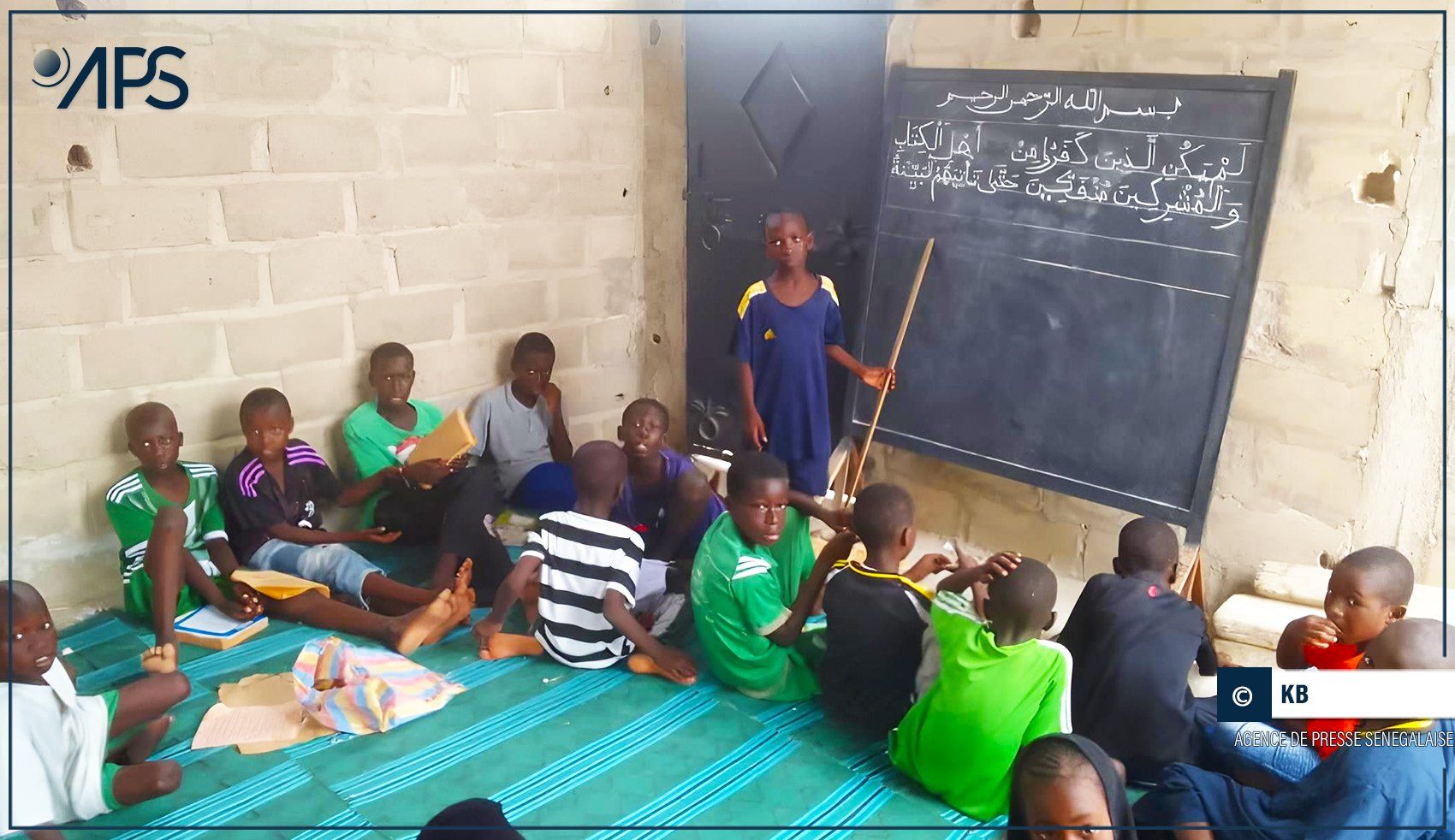
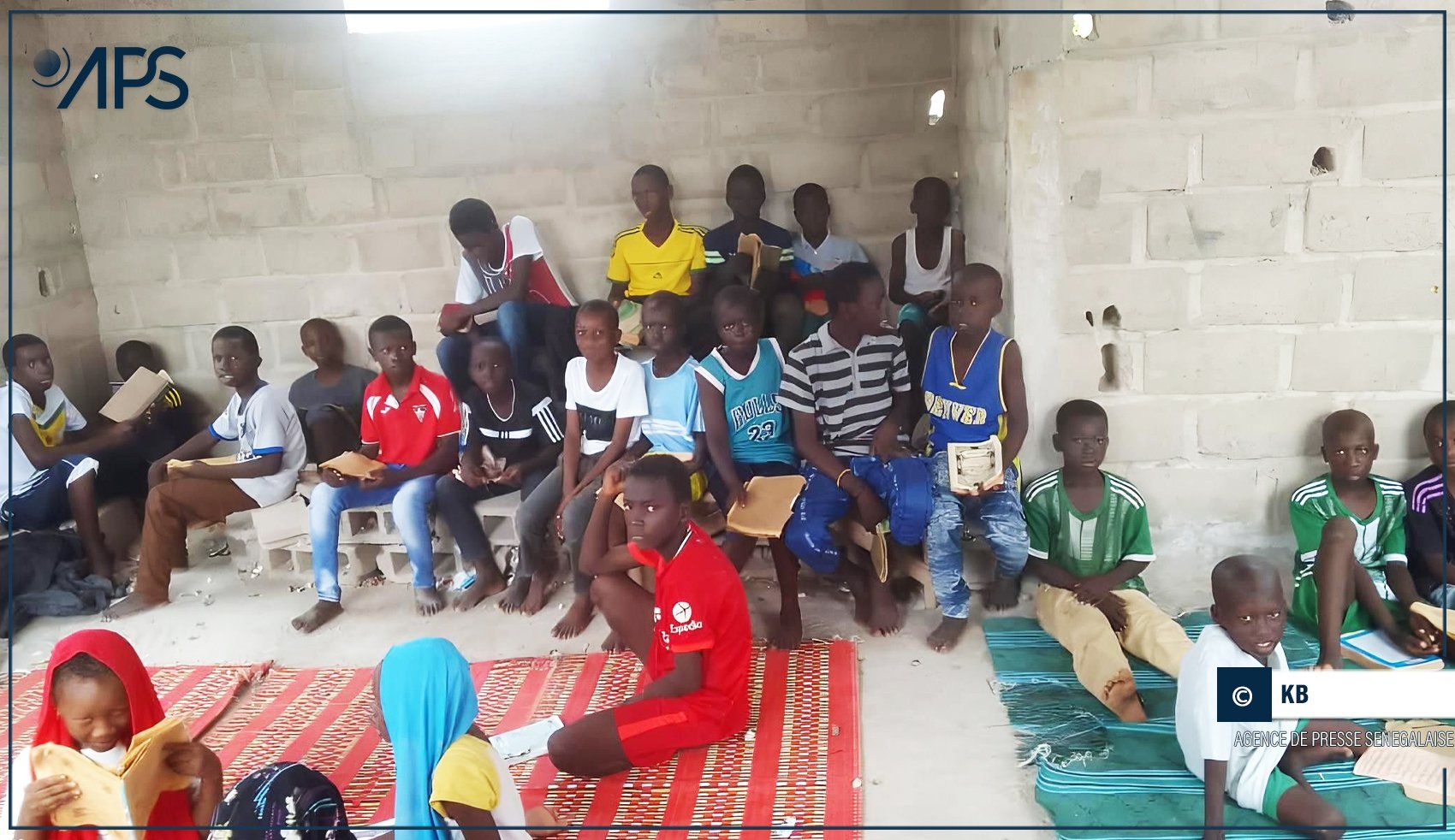
AMD/ASG/ASB

